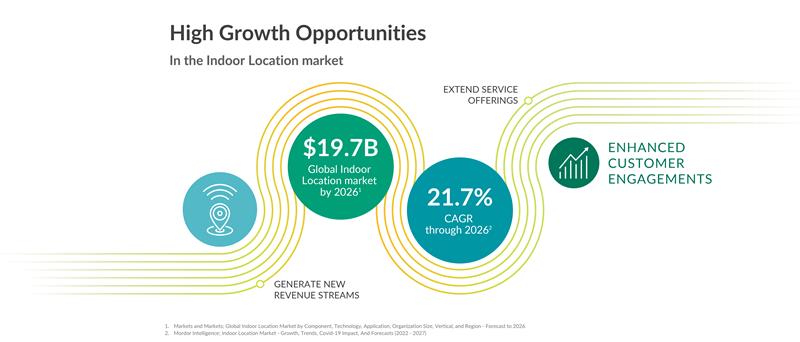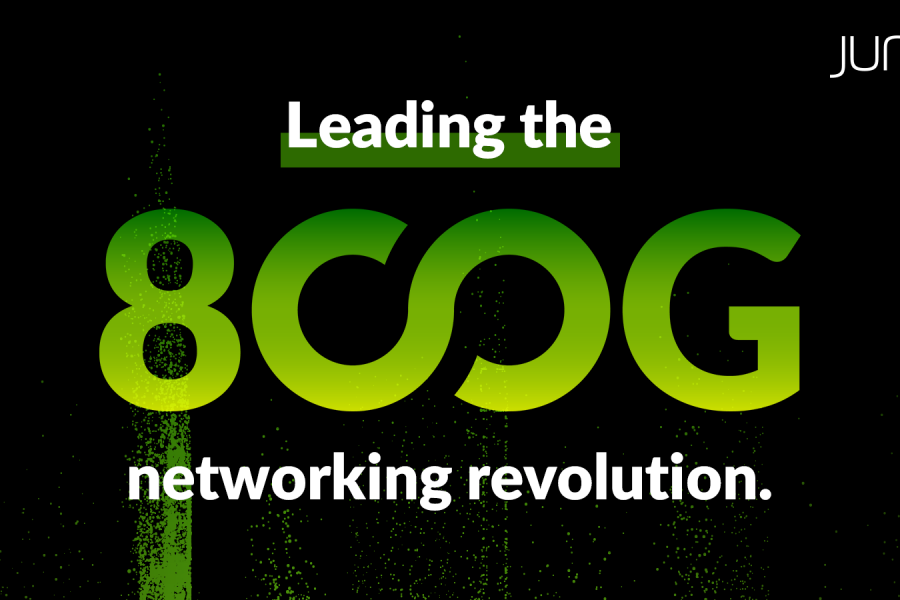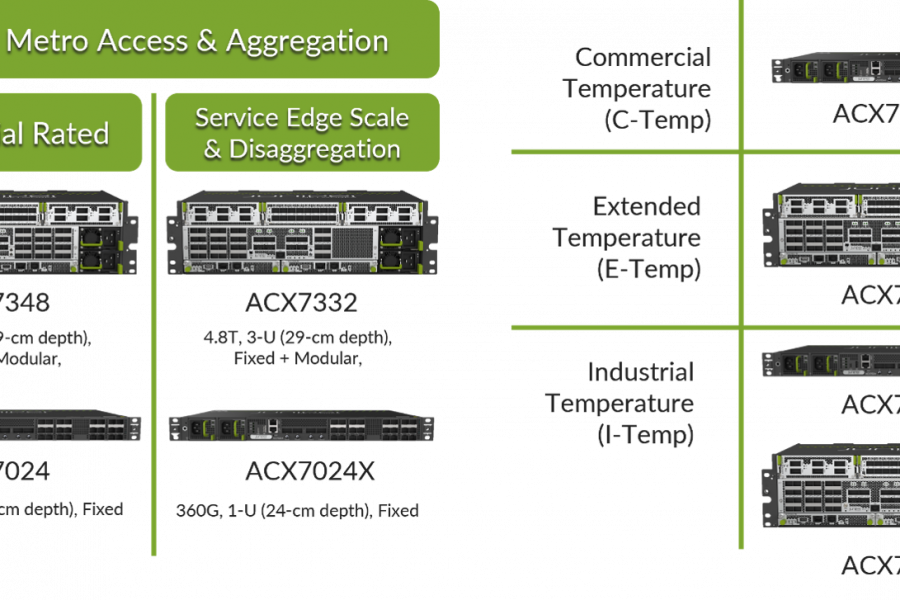Research firm Markets and Markets estimates that the global indoor location services market will grow from about $7 billion in 2023 to $19.7 billion by 2026. The promise of these services has been identified by pundits for many years now, but with wireless access points integrating Bluetooth Low Energy (BLE) and virtual BLE (vBLE) beacons into their devices, indoor location seems to have finally reached a maturation point.
The true value of these services can now be delivered to companies, across a wide variety of industries in a more streamlined fashion via internet and communication service provider relationships.
Service providers and their enterprise customers are always looking for cost-effective ways to simplify operations, provide better services and differentiate themselves from the competition. Indoor location-based services, such as those that personalize experiences or deliver highly-accurate and efficient asset tracking functions, can provide a key advantage for service providers looking to generate new revenue streams and engage in more strategic relationships with their end customers.
Now is the time for MSPs to take advantage of the expected demand for location-based services and solidify their indoor location-based services offerings. These services can be offered to customers as a natural progression, given the ability to establish them as a branch off of the infrastructure that organizations already have in place.
How Can Location Services Be Implemented?
Historically, and most commonly, indoor location services have been leveraged in retail environments to drive personalized experiences. For instance, in a store setting, organizations can identify when a shopper enters a store, or is nearby, and can then entice them with personalized offers designed to drive additional purchases.
This focus alone can benefit MSPs, but as the technology has evolved and more use cases have developed, a managed service offering has even greater value. Modern indoor location-based services are seen as extensions of what is already in place. For example, most organizations today deploy Wi-Fi service to employees, and in some cases, guests. If an organization can deploy that same market-leading Wi-Fi – and also get professional-grade indoor location services within the same device – it can start to experiment with this technology in more innovative ways, because the cost of entry is minimal.
As a result, use cases are constantly growing across the vertical landscape and offer key opportunities for MSPs to expand their total addressable market (TAM). Here are just a few examples:
- Hospitality: There are several ways for hospitality organizations to elevate the guest experience. Location services provide a virtual concierge in guests’ pockets, which aligns perfectly with the goal of providing top-notch services and interactive experiences. Guests can pinpoint their exact location on-property and use the app to navigate the resort with ease. From step-by-step directions to guest rooms, meeting spaces and the nearest restrooms, to supplying information on the property’s dining outlets, entertainment and recreational offerings, including hours of operation, menus and more, the app helps guests get around the property and improves their experience. Additional features such as a “What’s Nearby?” app can help users quickly locate nearby offsite onsite offerings as well.
- Quick-Serve Restaurants: Location services can be used in the quick-serve restaurant space as a way to enhance brand intimacy and consumers’ connections with each restaurant. Location services help to guide customer behavior with direct contextual offers that can boost order size and swell customer loyalty. Restaurant chains can amplify (and measure) the effectiveness of advertising campaigns, and even customize digital menu boards or video offerings to a customer’s preference. Outside of the customer experience, location services can also help improve operations: monitoring foot traffic and restaurant capacities, optimizing staffing resources and triggering security cameras based on location.
- Retail: Advanced location services can help a retail brand provide better in-store shopping experiences, such as turn-by-turn wayfinding, promotional reminders or product information; virtual beacons that deliver on-the-spot information, such as digital coupons or upsell recommendations; and the delivery of hazard alerts. Location services, however, can also assist in optimizing warehouse operations by utilizing asset tracking and route optimization. In-store associates and high-value products can be located with ease, and capacity issues – such as those during peak season – can be identified and reacted to before it’s too late.
- Education: Location-based services are a natural fit for MSPs working in the education industry. By offering location-based services, MSPs can help to make the campus of the future a reality, enhancing the student and faculty experience while improving safety and well-being. Some of these services could include: turn-by-turn wayfinding; class reminders; on-the-spot information or hazard alerts; information on asset location, occupancy limits and building usage; and footfall analytics to understand class attendance trends and anomalies. Location-based services give education facilities the ability to provide a great experience from the campus tour through graduation.
- Government: State and local governments are constantly looking for ways to make the services they provide to citizens more efficient and streamlined. Location-based services can help. For MSPs that work with government agencies and offices, it just makes sense to offer these services. With location data, agencies can learn how people and assets move within spaces. Administrators can better understand when there are crowded rooms or long waits, or when a reserved service area shouldn’t be empty. Physical safety can be improved by knowing when someone is lurking for too long in an empty stairwell after hours. Government agencies can also uncover trends in how long it takes to move different types of assets within buildings and installations. In addition, by using common BLE tags, assets such as emergency equipment or building maintenance items can be easily tracked
Juniper Makes It Easy
Traditionally, when an MSP added a new service offering or expanded their business to add new revenue streams, it meant coordinating with another partner. Doing so eventually would cut into an MSP’s margins, while adding additional complexities for its technicians and customers.
With a managed indoor location services offering from Juniper Networks, however, MSPs can add services, increase revenues, simplify operations and further evolve their strategic role with customers – all without heavy lifting.
By extending the capabilities of Juniper’s industry-leading Wi-Fi and Wired LAN solution, MSPs can generate new revenue streams and leverage a solution with broad applicability. Customers can get two market-leading solutions in one, without the added complexities of additional hardware or software. Sales teams become armed with a supplemental offering that is compelling and simple to evangelize, and easy to roll out.
Driven by Mist AI, Juniper’s Mist Cloud Architecture converges Wi-Fi and virtual Bluetooth LE (vBLE) to enable high-accuracy indoor location services with scalability, resiliency and flexibility. Juniper’s smart Wi-Fi and patented vBLE solutions deliver location services accurate to between one and three meters. And Juniper makes it easy to manage the ongoing service and maintenance of these services with a single portal, providing real-time visibility and enabling any problems to be identified and fixed immediately – without having to wade through a sea of alerts.
To learn more about Juniper’s location-based services and how easy it is to add this offering to a service portfolio, click here.



